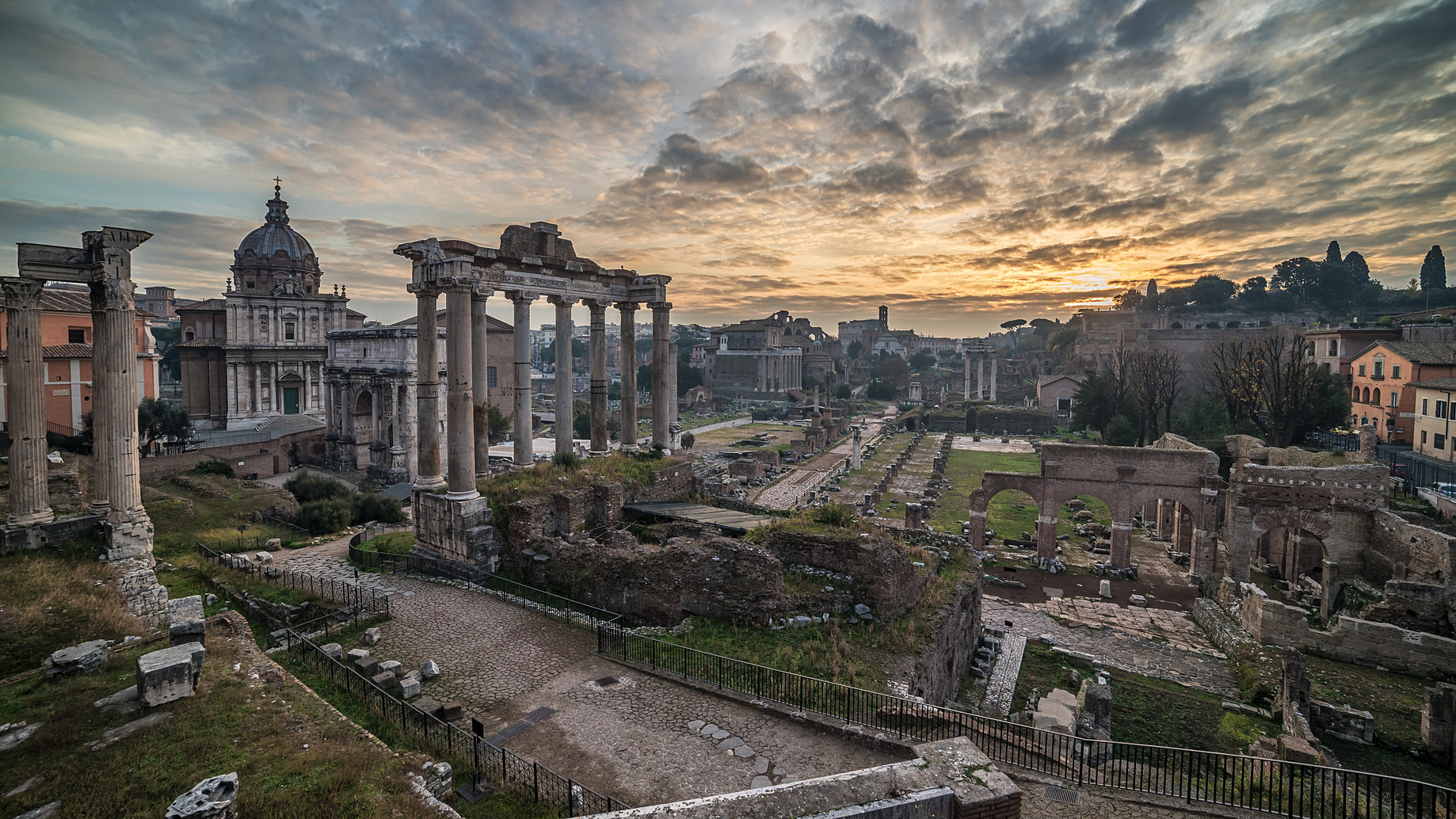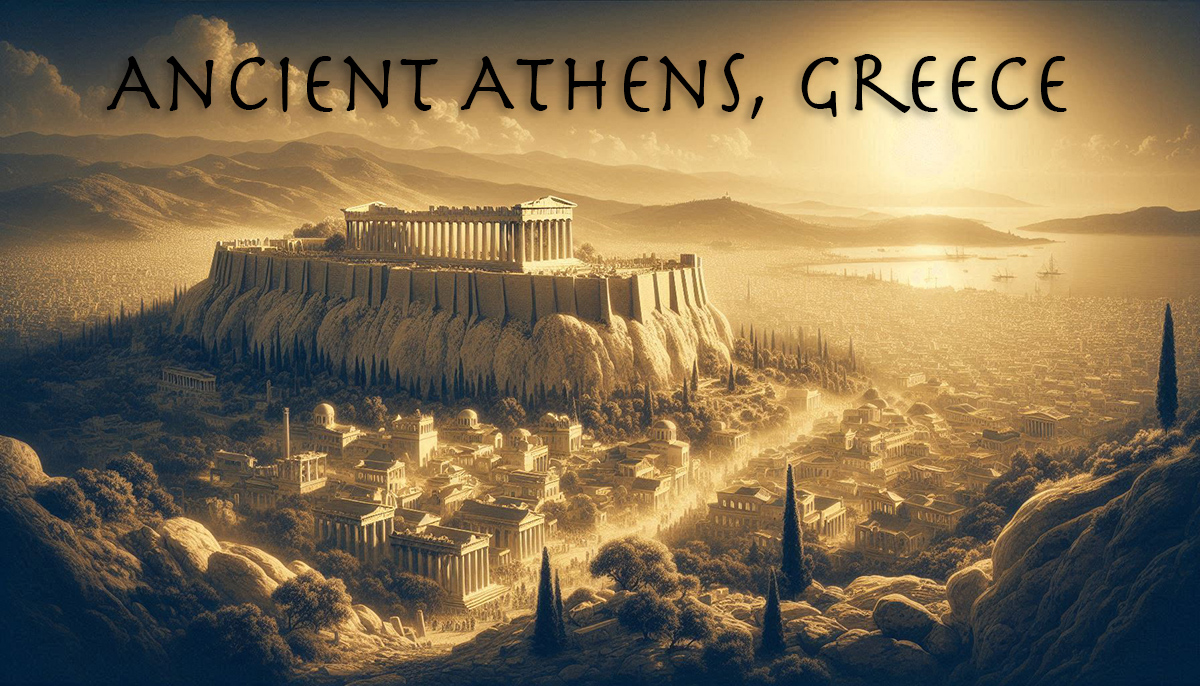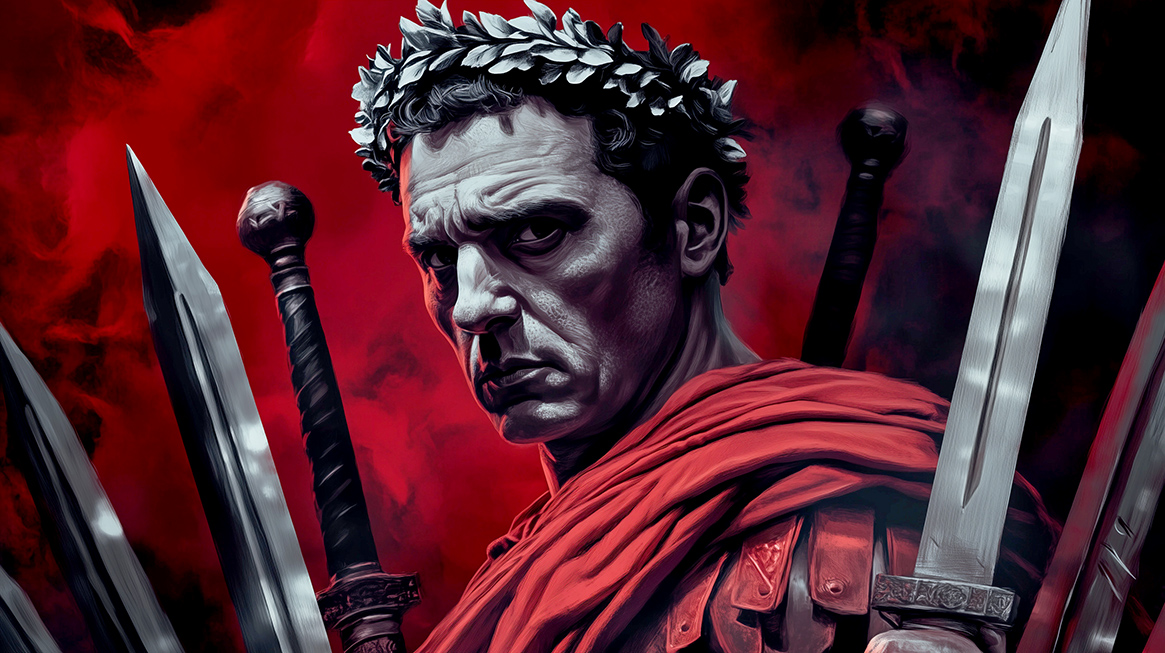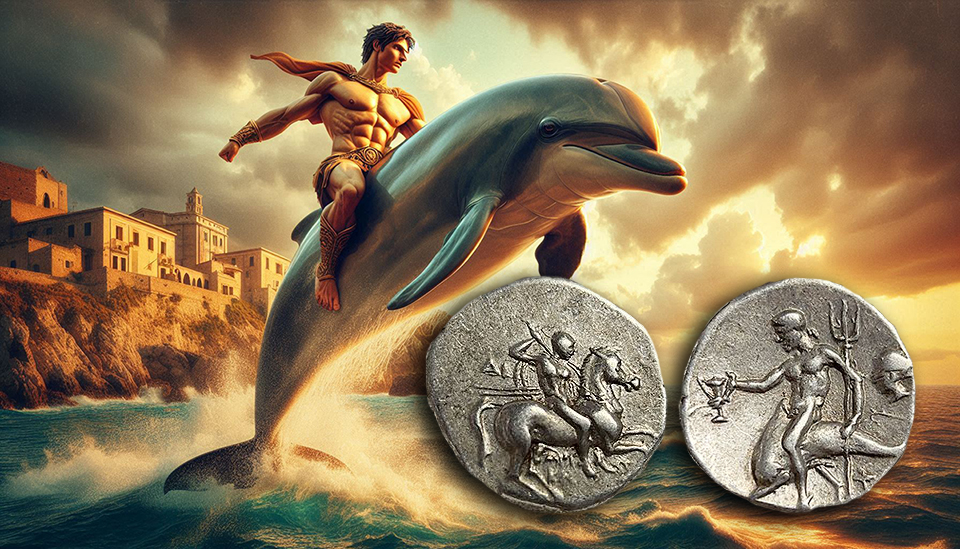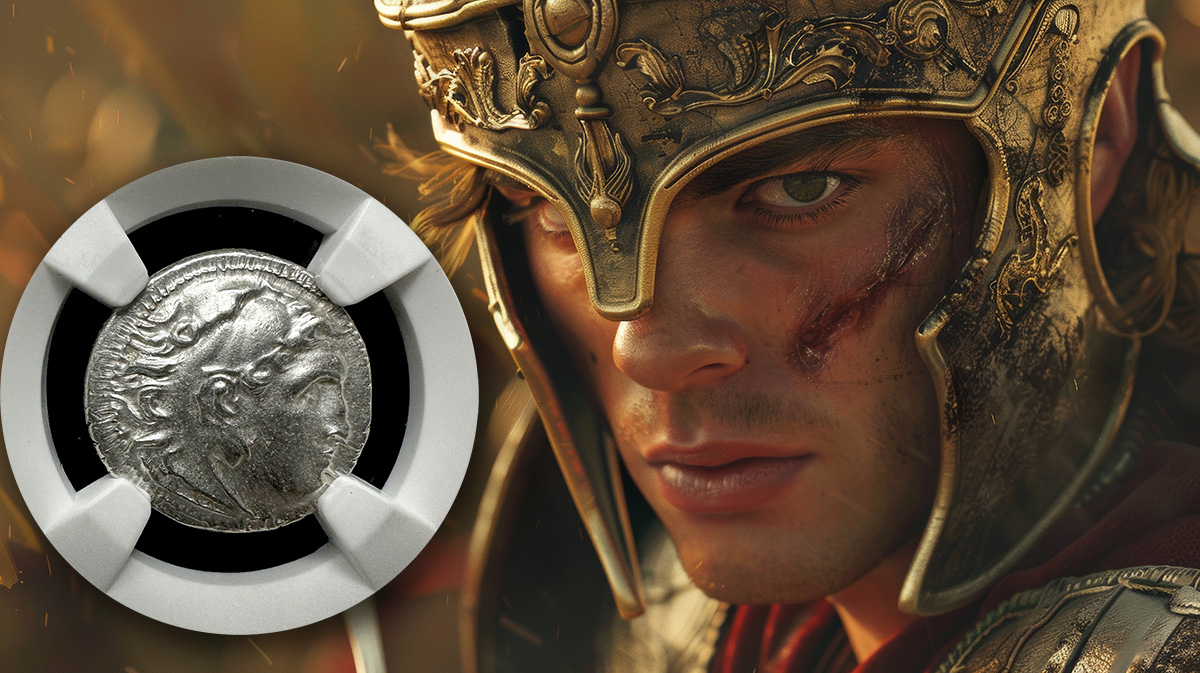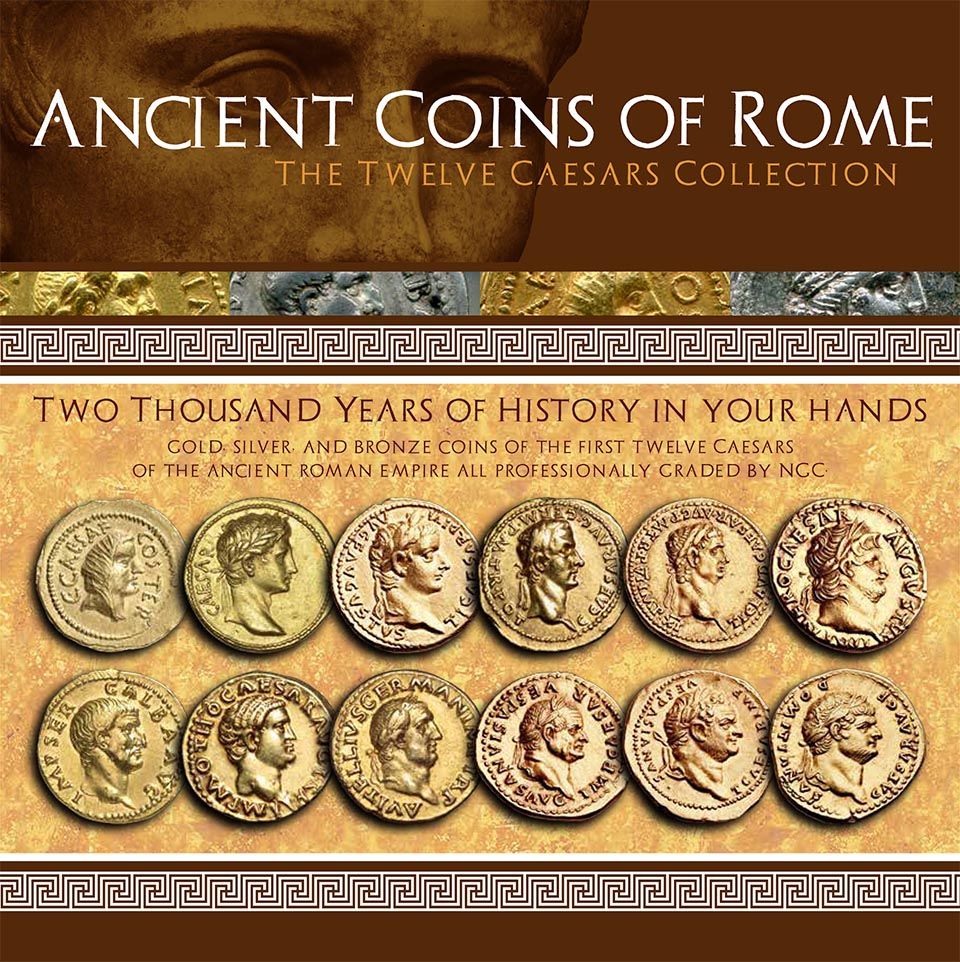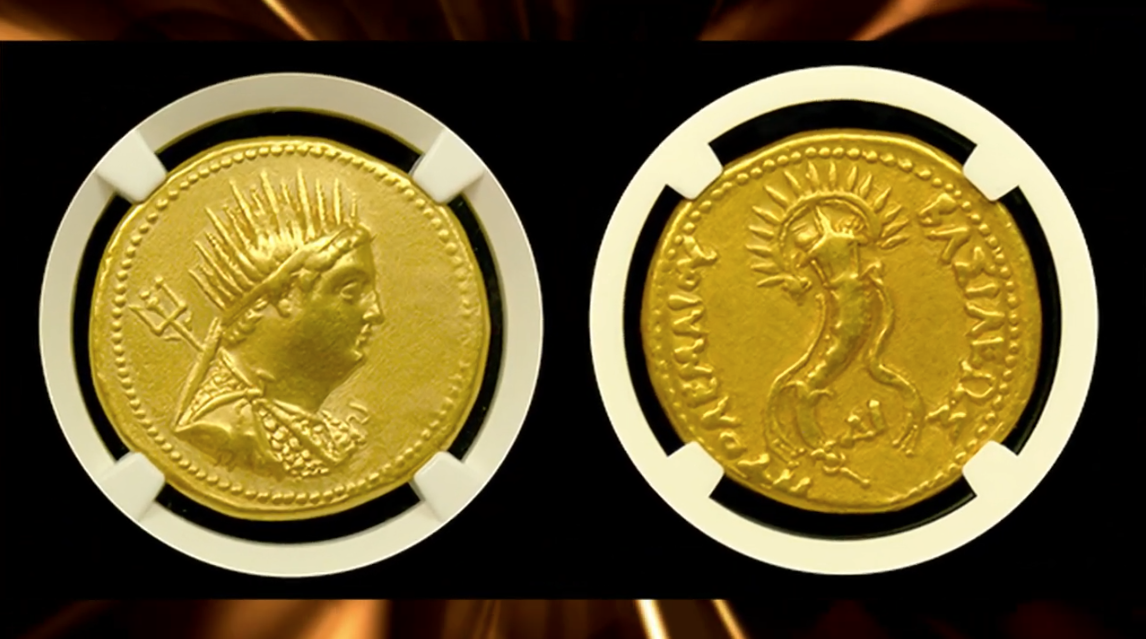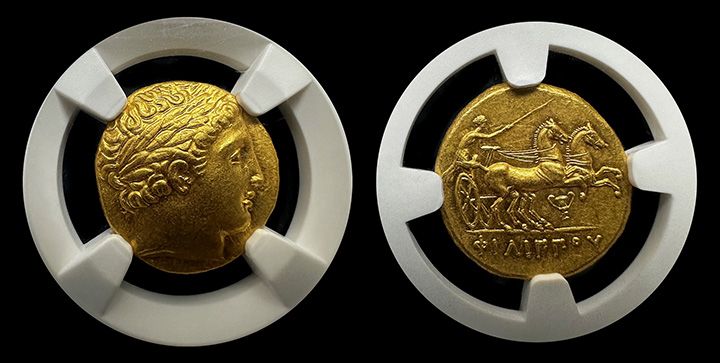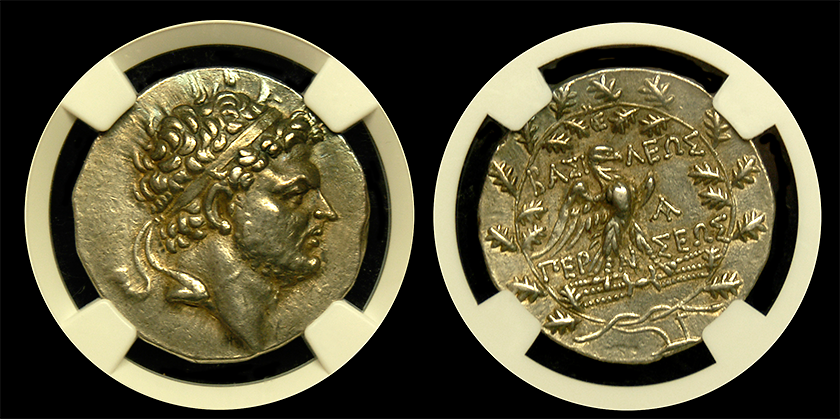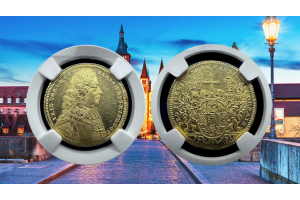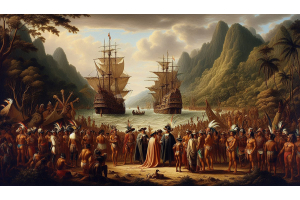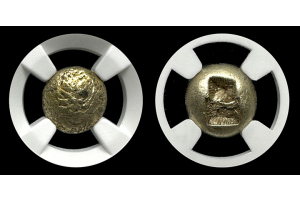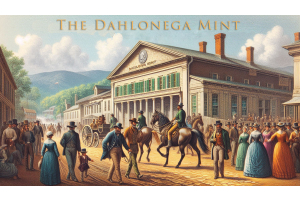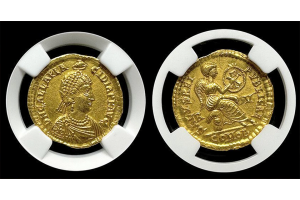Ancient Coins
- Posted: September 08, 2025Read more »
Introduction - Evolution of Glory
Rome transformed the ancient world with its military, law, and culture. Yet one of its most enduring legacies came through its emperors. Their leadership created centuries of expansion, prosperity, and cultural influence unmatched in history as the Western Roman Empire evolved into its glory.
Moreover, Rome projected its power through enduring symbols. Monuments, literature, and government structures carried imperial messages, but none traveled farther than its coinage. Coins carried the likeness of emperors into every corner of the empire.
However, this story does not begin with Rome’s Republic. It begins with the men who destroyed it. The rise of Julius Caesar and his heir Augustus ended centuries of republican rule. Their ambition gave birth to a new system—the empire—that
- Posted: July 09, 2025Read more »
The rise of Athens began as a modest city-state. However, it quickly rose to power through trade, innovation, and strategic alliances. Located in Attica, Athens benefited from its nearby port, Piraeus, which allowed steady contact with other Mediterranean cities.
Eventually, Athens became a dominant force in Greek politics and culture. With growing wealth, Athenians invested heavily in art, architecture, and philosophy. The city’s democratic reforms, led by figures like Solon and Cleisthenes, allowed wider citizen participation.
As military strength grew alongside civic pride, so did Athens's influence across the Greek world. Consequently, these developments laid the groundwork for the city's iconic imagery.
Why the Owl? A Symbol of Wisdom and Power
- Posted: May 30, 2025Read more »
The Man Behind the Legend
Who Was Marcus Brutus? Marcus Junius Brutus remains one of Rome’s most debated figures. Although remembered mainly for his role in Julius Caesar’s assassination, Brutus was much more. His life took place during one of Rome’s most unstable eras. Therefore, understanding his actions requires looking at his background, ideals, and the choices he made.
Early Life and Background
Brutus was born in 85 BC into a noble Roman family. His mother, Servilia, was politically influential and possibly Caesar’s former lover. As a result, Brutus grew up connected to powerful leaders.
However, he did not rush into politics. Instead, he focused on philosophy and admired thinkers like Cicero. Brutus believed
- Posted: April 10, 2025Read more »
Conquering Minds
Alexander the Great didn’t just conquer territories. He conquered minds. Furthermore, he used gold to do it.
His armies stretched from Greece to the edge of India. But his influence traveled even farther, thanks to his coins.
These weren’t just currency—they were propaganda. Indeed, they spread his image, ideals, and imperial message everywhere they circulated. They became Alexander the Great's Legacy in Gold!
The Power of a Portrait
- Posted: March 28, 2025Read more »
The Rich History of Ancient Calabria and Its Remarkable Coinage
Ancient Calabria, located in the southernmost part of Italy, played a crucial role in Mediterranean history. This region, known for its Greek influence, thrived as a cultural and economic center. Traders, settlers, and warriors passed through Calabria, shaping its identity over centuries. Consequently, its significance grew over time.
The Significance of Ancient Calabria
Calabria served as a gateway between Greece and Italy. Greek settlers established colonies here, bringing their language, art, and traditions. The city of Taras (modern-day Taranto) became one of the most powerful Greek settlements in the region. Moreover, Taras controlled vital trade routes, linking the western Mediterranean with the eastern world.
Greek Influence on Calabria
The Greeks introduced advanced architecture, philosophy, and political systems. As a result, their influence transformed Calabria
- Posted: March 07, 2025Read more »
A Rising Star in the Macedonian Empire
Lysimachus: Warrior Turned King was born around 360 BC in Thessaly, a region known for its fierce warriors. He came from a noble family and was trained in the art of war from a young age. With discipline and skill, he quickly gained recognition in the Macedonian military ranks. As a young man, he caught the attention of King Philip II of Macedon, who saw potential in his strength and leadership.
When Philip was assassinated in 336 BC, his son, Alexander III—later known as Alexander the Great—took the throne. Already an established warrior, Lysimachus became one of Alexander’s trusted bodyguards. This elite group, known as the Somatophylakes, protected the king in battle and served as his closest advisors. This position not only gave Lysimachus direct access to Alexander but also allowed him to witness some of the greatest
- Posted: October 24, 2024Read more »
The Twelve Caesars: The Lives of Rome's First Emperors
The Twelve Caesars, immortalized by the historian Suetonius, ruled Rome through times of greatness and decline. Their stories give us a glimpse into the power, intrigue, and corruption that shaped the Roman Empire. From Julius Caesar's assassination to the fall of Domitian, each ruler played a pivotal role in shaping Roman history.
Julius Caesar: The Turning Point of the Republic
Julius Caesar was
- Posted: October 14, 2024Read more »
Ptolemy III: The Ambitious Pharaoh of Egypt
Ptolemy III of Egypt, also known as Ptolemy Euergetes, ruled Egypt from 246 to 222 BCE. As the third ruler of the Ptolemaic dynasty, he significantly expanded Egypt's territory and strengthened its economy. Ptolemy III’s reign marked a period of prosperity and military success, leaving a lasting legacy in ancient Egyptian history.
Early Life and Ascension
Ptolemy III was born into royalty as the son of Ptolemy II Philadelphus and Queen Arsinoe I. Groomed from birth to assume leadership, he was well-versed in statecraft, military strategy, and diplomacy. Ptolemy III took the throne when his father passed away in 246 BCE.
- Posted: September 14, 2024Read more »
Early Life and the Division of the Empire
Philip II of Macedonia, the father of Alexander the Great, was one of the most influential figures in ancient history. His rise to power reshaped the region, and his leadership laid the foundation for a powerful Macedonian state. This blog will explore how he came to power, his key accomplishments, the challenges Macedonia faced during his reign, what eventually happened to him, and how he is remembered today.
How Philip II Came to Power
Born in 382 BC, Philip II was the youngest son of King Amyntas III. Political chaos shaped his early life as Macedonia faced external threats and internal instability. After the death of his brother, King
- Posted: July 19, 2024Read more »
Coming to Power
Perseus of Macedon rose to power during a turbulent era and became the last king of Macedon. Born around 212 BC, he was the eldest son of Philip V. Macedon. Under Philip's rule, he faced continuous pressure and conflict from Rome, which sought to expand its influence in the region. Despite the challenges, Perseus was groomed for leadership from a young age, learning the arts of war and governance.
Philip V had initially favored Perseus's younger brother, Demetrius, due to his diplomatic ties with Rome. Demetrius was sent to Rome as a hostage in 197 BC and developed favorable relations with the Romans. This caused tension between the brothers, as Roman influence was increasingly viewed with suspicion by the Macedonian court. Perseus, wary of Rome’s intentions and protective of Macedonian sovereignty, saw his brother as both a political and personal




